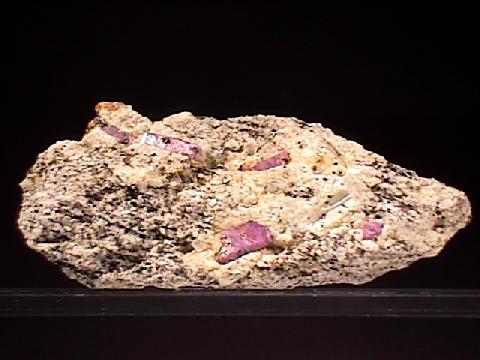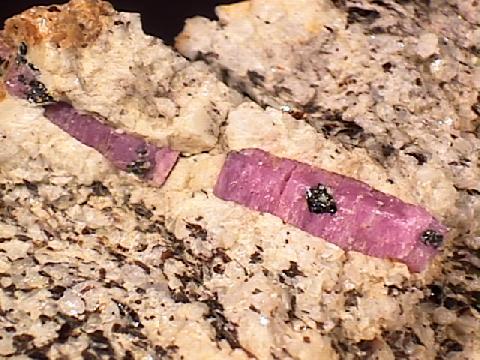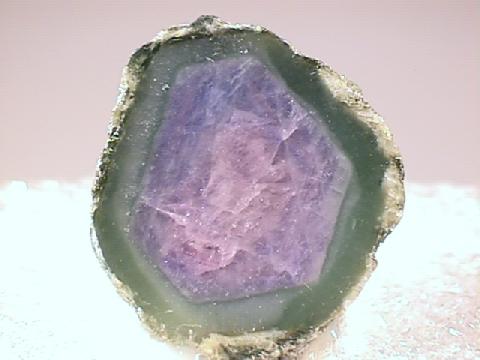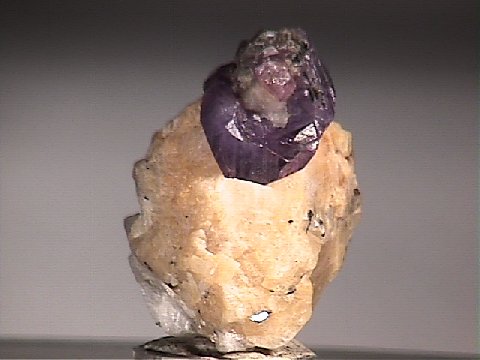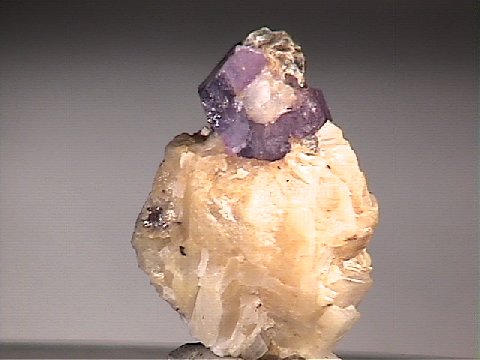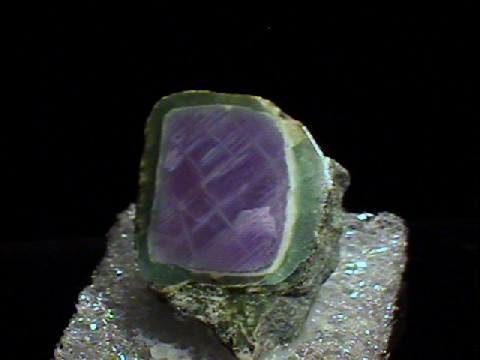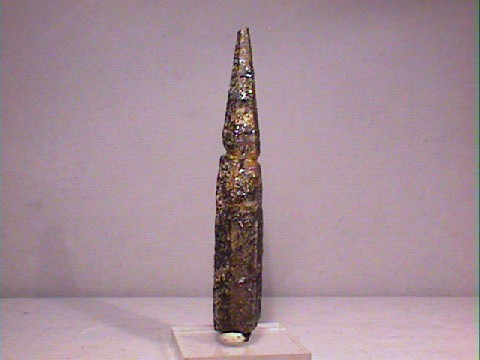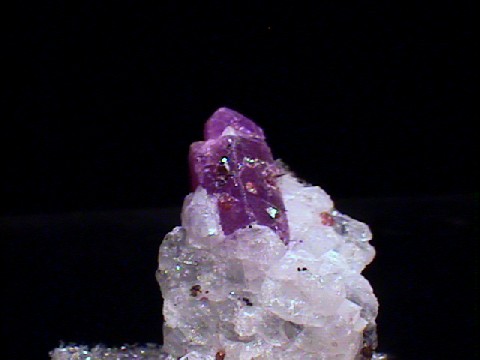 THE MINERAL CORUNDUM
THE MINERAL CORUNDUM
- Chemical Formula: Al2O3, Aluminum Oxide
- Class: Oxides and Hydroxides
- Group: Hematite
- Uses: As a gemstone, mineral specimens and as an abrasive.
Specimens - Also see variety specimens:
Ruby Specimens Sapphire Specimens
Corundum is the third hardest natural mineral known to science. The hardest mineral, diamond is still four times harder than corundum. The second hardest is Moissanite (Silicon Carbide) at 9.25 barely beats corundum's hardness of 9.0. The hardness of corundum can be partially attributed to the strong and short oxygen-aluminum bonds. These bonds pull the oxygen and aluminum atoms close together, making the crystal not only hard but also quite dense for a mineral made up of two relatively light elements.
PHYSICAL CHARACTERISTICS:
- Color is highly variable. The color can be white or colorless, blue, red, yellow, green, brown, purple, and pink; there are also instances of color zonation.
- Luster is vitreous to adamantine.
- Transparency: Crystals are transparent to translucent.
- Crystal System is trigonal; bar 3 2/m
- Crystal Habits include sapphire's typical six-sided barrel shape that may taper into a pyramid, and ruby's hexagonal prisms and blades.
- Cleavage is absent, although there is parting which occurs in three directions.
- Fracture is conchoidal.
- Hardness is 9
- Specific Gravity is approximately 4.0+ (above average for translucent minerals)
- Streak is white.
- Associated Minerals include calcite, zoisite, feldspars, micas and garnets.
- Other Characteristics: Refractive index is around 1.77; pleochroic (meaning color intensity is variable from different viewing directions); striations on parting surfaces.
- Notable Occurrences include Burma; Sri Lanka; North Carolina and Montana, USA; many African localities; several localities in India, and Middle Eastern and Southeast Asian countries.
- Best Field Indicators are extreme hardness, density and crystal habit.

